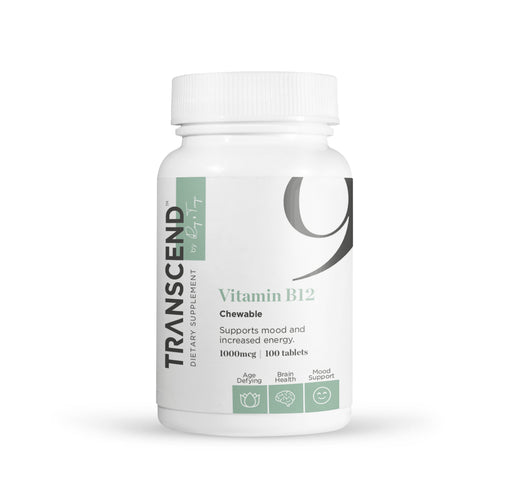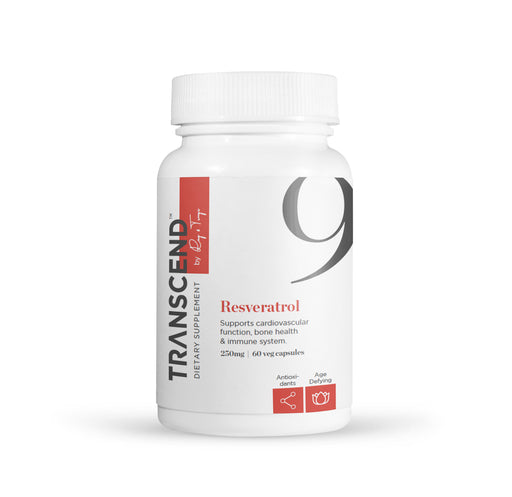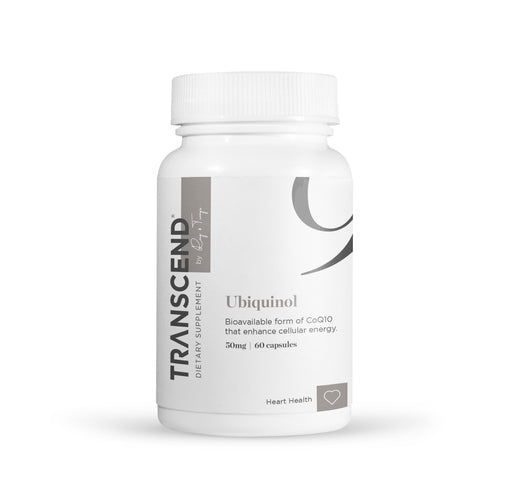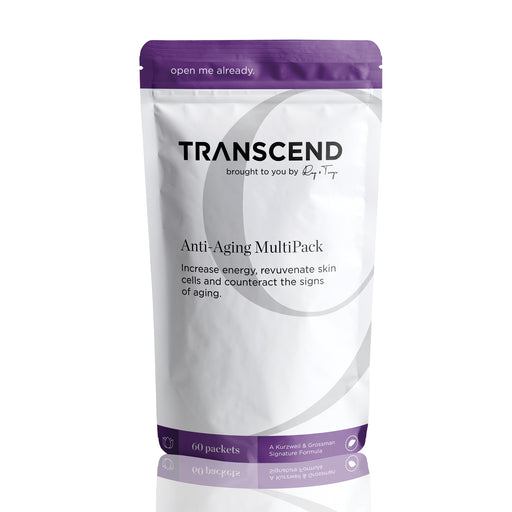
Vitamin B-12, Sublingual
Increased energy Improve mood Fight fatigue Common deficiency Better absorption Vitamin B12 (also called cobalamin) is one of eight water-solu...
View full details
Food and drink can help heal you or hurt you. Making the right choices will help reduce your risk of serious conditions including cancer, heart disease, stroke, obesity, and type 2 diabetes.
Carbohydrates.
Not all carbs are bad. The key is the glycemic index of a carbohydrate food, which indicates how quickly the food is digested and releases glucose into your bloodstream.
Simple carbohydrates break down quickly and hit your system with a glucose rush, which triggers an insulin spike. Eventually, this spike (and subsequent sharp drop) can lead to insulin resistance, which is the main cause of metabolic syndrome.
Complex carbohydrates have a lower glycemic impact and break down slowly in your system. These tend to have more fiber and nutrient content and should be included in a healthy diet.
*Note: If you are type 2 diabetic, trying to lose weight, have metabolic syndrome, are addicted to sweets, or have a high risk of heart disease, we suggest the Low-Carbohydrate Corrective Diet. For specific guidelines on this diet, please see Chapter 11 of Transcend.
Fats
Not all fats are bad. You need to ingest fat to keep your organs and body healthy. The key is the type of fat consumed and the balance between the types of fats.
Trans fats do not exist in nature, never a good sign, and are simply unsafe. They inhibit the body’s natural detoxification and decrease testosterone levels.
Saturated fats, which come mainly from animal products, are rigid and can raise cholesterol and clog your arteries. You do need a little bit of these to maintain healthy cell membranes.
There are several types of unsaturated fats, including omega-3 and omega-6 fats. The typical Western diet contains too many omega-6 fats, which are essential to life, but contribute to inflammation. Omega-3 fats are anti-inflammatory and enhance overall health. Finding a balance between these is important to overall health.
Note that individuals with the lowest carbohydrate intake will necessarily have to consume a higher percentage of their calories from fats.
Not all protein is good. Over consumption of protein has been linked to kidney dysfunction, gout, osteoporosis and possibly cancer. These effects are particularly linked to animal proteins, although specific guidelines for vegetable proteins are still under review.
The National Institutes of Health and the American Heart Association state that most healthy adults should aim for at least 50-60 grams of protein daily. Note that this amount if affected by exercise frequency. Individuals who exercise regularly should increase this amount by 10 grams per 60 minutes of exercise.
Alcohol counts. Recent studies suggest that moderate alcohol consumption actually enhances cardiac health and lowers your risk of diabetes. However, alcohol consumption may increase the risk of some cancers. Moderate consumption is essential if you seek the health benefits of alcohol.
Check out Ray & Terry’s tips on foods make eating healthy not only easier, but tastier too.
World’s Healthiest Foods is a non profit organization that lists and details 100 of the best foods to eat for your health. Their weekly or daily newsletters include excellent recipes and nutrition tips.
Try our Nutrition Quiz and see how well you know your calories.
Go to Step 5 where we discuss “S”upplementation.

Increased energy Improve mood Fight fatigue Common deficiency Better absorption Vitamin B12 (also called cobalamin) is one of eight water-solu...
View full details
Combat internal aging Protect cells from radiation damage Increase antioxidant capacity Take with lecithin for better absorption Optimal dose for...
View full details
2022 update: Future batches of this product will use a Ubiquinol product that is a greenish capsule rather than a red softgel Bioavailable form o...
View full details
A Kurzweil + Grossman Formula Continued Synergy between Science and Convenience Convenient dosage packets Top anti-aging products Increase energy...
View full details
Leave a comment